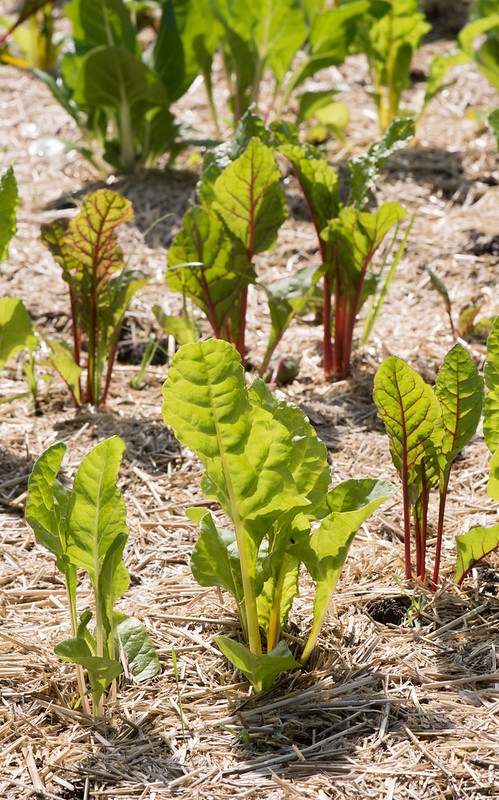
Nurseries and garden centers also wait until temperatures are cooler before risking bringing in their fall stock. Our fall planting season usually ends in mid-November. We may well have just four weeks or fewer to plant seeds and transplants of cool-season vegetables and spring-blooming annuals instead of the used-to-be-normal six weeks of fall planting time that encouraged stronger growth and root development before cold winter temperatures arrived.
‘Hardening off' allows nursery transplants to adjust to the differences in light conditions and temperatures in the garden by spending several days in a sheltered spot outdoors in their nursery containers or cell-packs before planting. That period of adjustment will be a critical step this year.
Amending garden soil two weeks before planting by adding copious amounts of humus and compost will improve the soil's water retention and drainage. Regularly amending the soil is another critical step in helping seedlings and transplants develop healthy, extensive root systems that aid in surviving higher fall temperatures and heat spikes.
Many large landscape trees are looking pretty shabby at the end of this September. Some have already dropped most of their leaves and many branches look to be dead or dying. This summer's brutal heat clearly stressed them to their limits.
Trees planted in parks, lawns or parking strips which received shallow sprinkler irrigation rather than regular, slow and deep irrigation will show more signs of early senescence or untimely decline. Give all landscape trees, young and old, a really deep soaking (or two or three depending on temperatures and the tree's condition) this month. Deep irrigation allows root systems to take up enough water to sustain trees as they enter winter dormancy before the winter rains arrive and also promotes full dormancy and more vigorous growth in spring.
This summer really tested the capacities of heat and drought-tolerant plants to survive extremely high temperatures. The high temperatures also negatively affected bee, butterfly, bird and beneficial insect populations. If replacing plants that died or that are so damaged that it will take months to recover, consider replanting with flowering perennials and annuals that provide food, pollen, habitats and shelter for a variety of beneficial species. California native plants should be among the first choices.
Nursery and garden center labels may not indicate which flowers attract which beneficials but many seed companies now provide that information online and on seed packets. Try to plant all of the three flower types (umbrella, tubular, open) as well as bushes that produce edible berries. Add a fountain to your landscape to provide clear, trickling water for bees and baths for birds and keep the bird feeders cleaned and filled this winter.